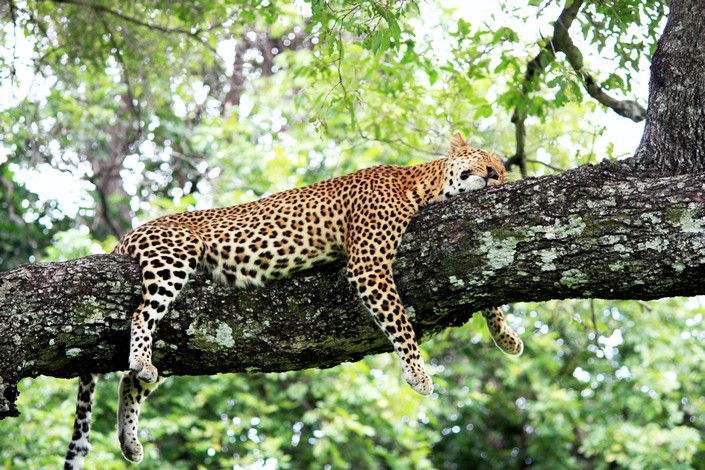Part of the Chimanimani District was known as ‘Melsetter’ from 1896-1892. The District itself, however, is a fantastic region covered in lush mountains located in the Manicaland Province in Eastern Zimbabwe. The area is characterised by massive precipices, formed from a rifted quartzite block, with the tallest stretching up to 2,440 metres high and 50 kilometres wide, creating the border with Mozambique. Between the village of Chimanimani District and the borders, the mountain ranges become more soothing and rounded. The national park is situated in the southernmost region of the Eastern Highlands, and is 150 kilometres from the town of Mutare (referred to as ‘Umtali’ up until 1982).
The Eastern Highlands are a marvellous mountainous area along the Mozambican border, including the Nyanga, Byumba and Chimanimani Mountain Ranges. They are a fantastic holiday destination for both locals and travellers and are best explored by means of intriguing hikes or wonderful horseback safaris. A trip to Mount Nyangani, the highest mountain of the entire country, is a highlight of any Zimbabwean visit. There are beautiful valleys, gorges, bare granite cliffs, pine-forested escarpments and incredible landscapes.
Most of the Chimanimani Highlands are made up of quartzite edges, with Monte Binga reaching 2,436 metres at its highest point. Chimanimani is one of the greatest mountainous wilderness regions of Zimbabwe, and is a sought after hiking destination. The picturesque ‘Bridal Veil Falls’ is located within close proximity of the town, as well as the nearby Chirinda forest. This forest is Africa’s southernmost rainforest, and is home to strelitzias, wild orchids, tree ferns, cycads, rare trees, and a range of other fascinating vegetation. The forest holds a tree that is over 1000 years old – ‘Big Tree’. It is a red mahogany that stretches up to 70 metres in height and reaches 16 metres in circumference. The forest is also the habitat for a near endemic rare frog – the Inyanga river frog.
Throughout the Zimbabwean independence war, the Chimanimani highlands passes were often used by guerrilla fighters between Zimbabwe and their Mozambican camps, who laid mines along the roads to disrupt the local economy. Due to this, the passes were heavily mined by the Rhodesian government. Since then, land mines have continued to be a real danger in the region, especially after heavy periods of rainfall.
The village of Chimanimani was established in 1982 by Thomas Moodie, and in 1895 it was transferred to its present location and was officially named ‘Melsetter’ after Moodie’s family house in Scotland. The name was altered after Zimbabwe gained independence in 1980. It was first changed to ‘Mandidzudzure’, but after speaking with local inhabitants, was changed to ‘Chimanimani’.
Chimanimani offers plenty of entertaining activities in which to partake, including golfing, pony rides for kids, mountain climbing, squash, tennis, bowls, fishing, snooker, and even casino gambling. Due to the mountainous and forested terrain, game viewing is not really much of a feature here, but leopards have been reported to wander the trees and branches of the lush forests.





0 Comments